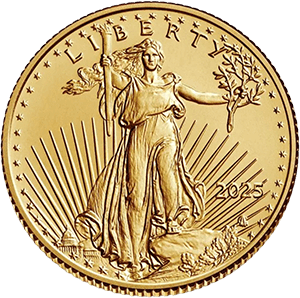
Gold is once again in the headlines, climbing above $3,700 per ounce. While price movements often get blamed on short-term speculation, the current surge has deep roots in geopolitics, central banking, and global currency dynamics.
Escalating Geopolitical Conflicts
-
Eastern Europe & the Middle East: Renewed conflict has driven risk-averse investors into gold, reviving its reputation as the ultimate safe haven.
-
Trade Wars & Sanctions: Countries facing sanctions or currency restrictions are turning to gold as a neutral reserve asset.
The Role of Federal Reserve Policy
-
Rate Cuts: Lower interest rates reduce the opportunity cost of holding gold, making it more attractive compared to bonds or cash.
-
Liquidity Flood: A more accommodative Fed injects liquidity into the system, some of which flows directly into hard assets like gold.
Dollar Weakness and Global Demand
-
Cheaper for Foreign Buyers: A falling dollar makes gold more affordable worldwide, sparking increased imports.
-
Central Bank Diversification: Many central banks, wary of dollar exposure, are bulking up gold reserves to balance their books.
Investor Takeaway
This combination — geopolitics, dovish Fed, and a weak dollar — creates a “golden triangle” that fuels long-term demand. For private investors, the message is clear: global instability is not a reason to panic, but a reason to protect portfolios with physical assets.


